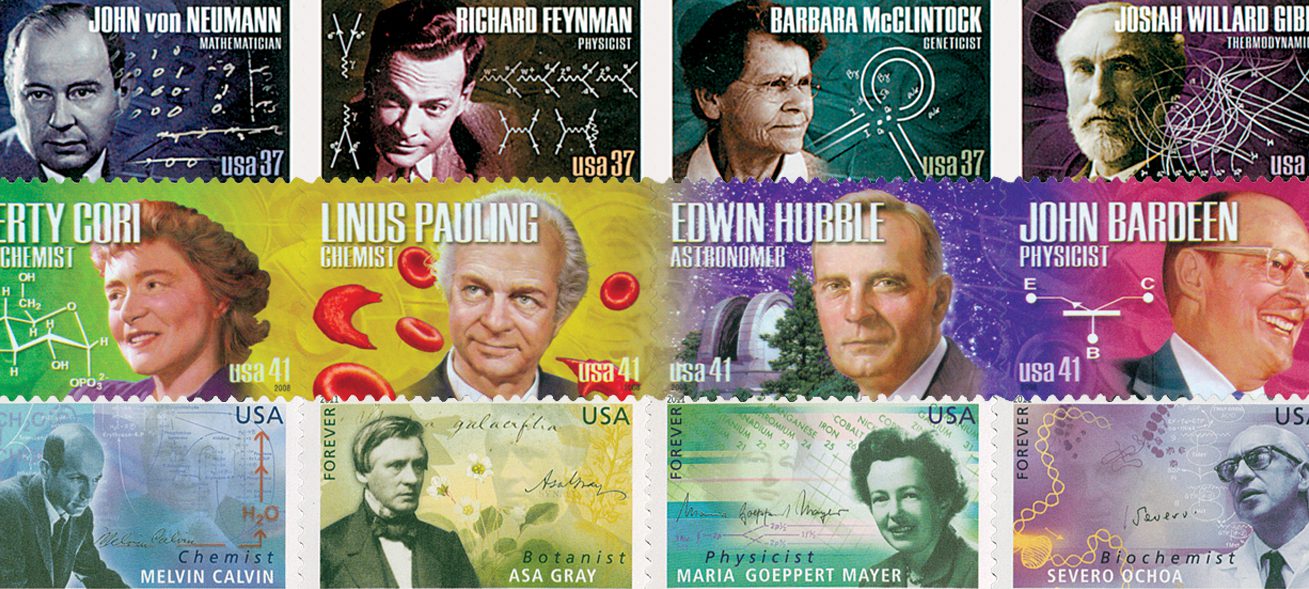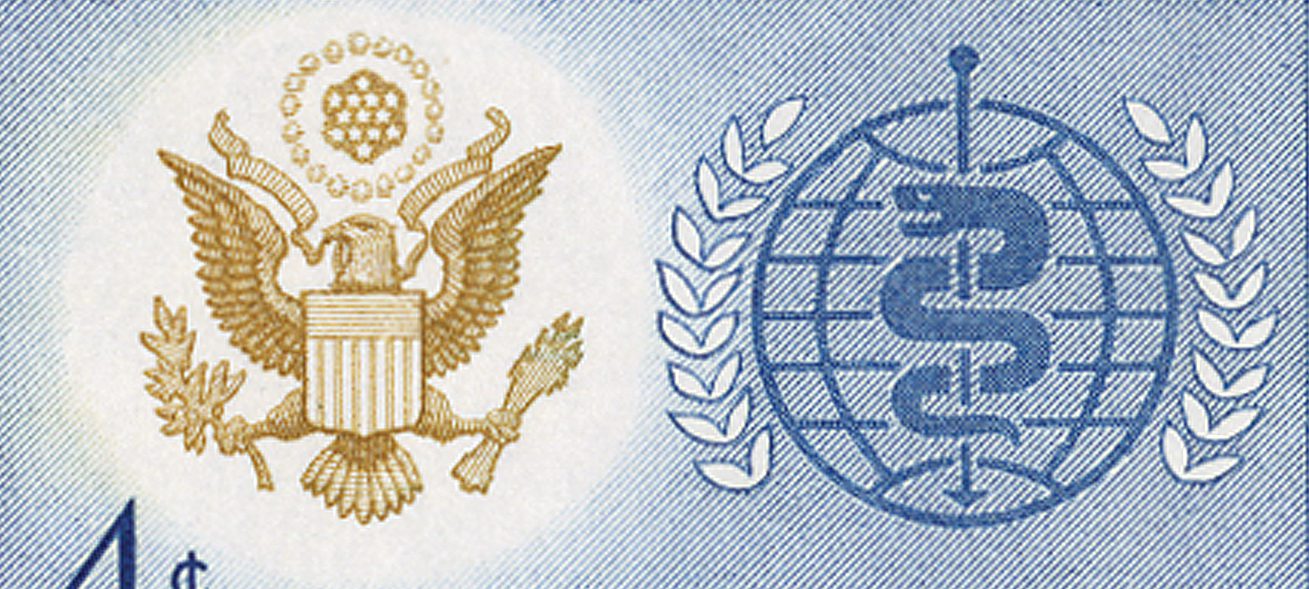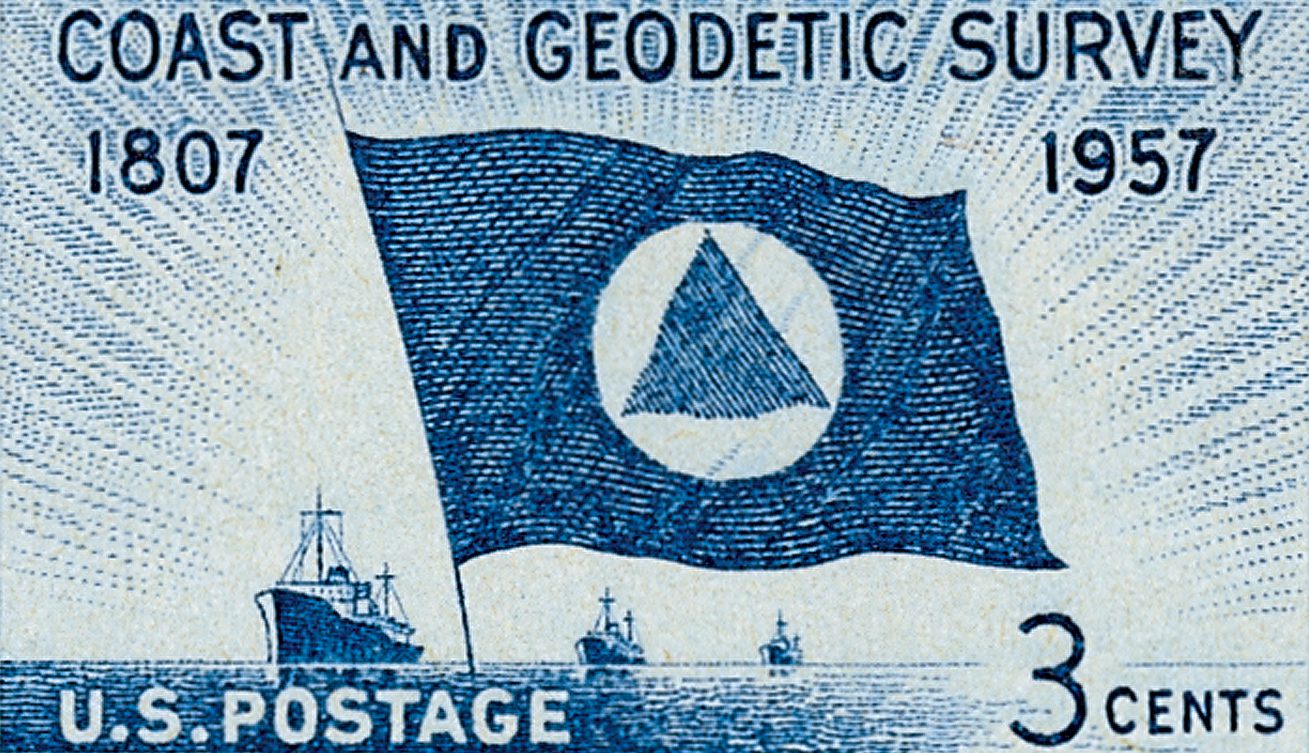American Scientists Series
On May 4, 2005, the USPS issued the first set of stamps in the American Scientists Series.

On May 4, 2005, the USPS issued the first set of stamps in the American Scientists Series.

On April 19, 1897, the American Osteopathic Association was formed. Osteopathy is an alternative medical practice that focuses on the manipulation of muscle tissue and bones.

On April 7, 1948, the World Health Organization (WHO) was officially created as a specialized agency of the United Nations. The WHO coordinates international efforts to combat outbreaks of infectious diseases and conduct research and education.

On April 6, 1999, the USPS issued the first stamp sheet in its 12-year Nature of America series. This popular series featured the first US self-adhesive sheets designed as one large scene.

On March 10, 1876, Alexander Graham Bell transmitted the first words by telephone, to his assistant in another room. Bell had received his patent for the telephone three days earlier.

American scientist Linus Pauling was born on February 28, 1901, in Portland, Oregon. He’s the only person to win two unshared Nobel Prizes, and one of just two people to have the prizes in different fields.

On February 18, 1930, Clyde Tombaugh discovered Pluto after nearly a year of searching. It would be another 85 years before the US sent its first space probe there – inspired by a postage stamp!

On February 10, 1807, President Thomas Jefferson signed legislation to establish the United States Survey of the Coast. This later became the US Coast and Geodetic Survey and eventually the National Geodetic Survey.

On January 6, 1912, New Mexico became the 47th state admitted to the Union.